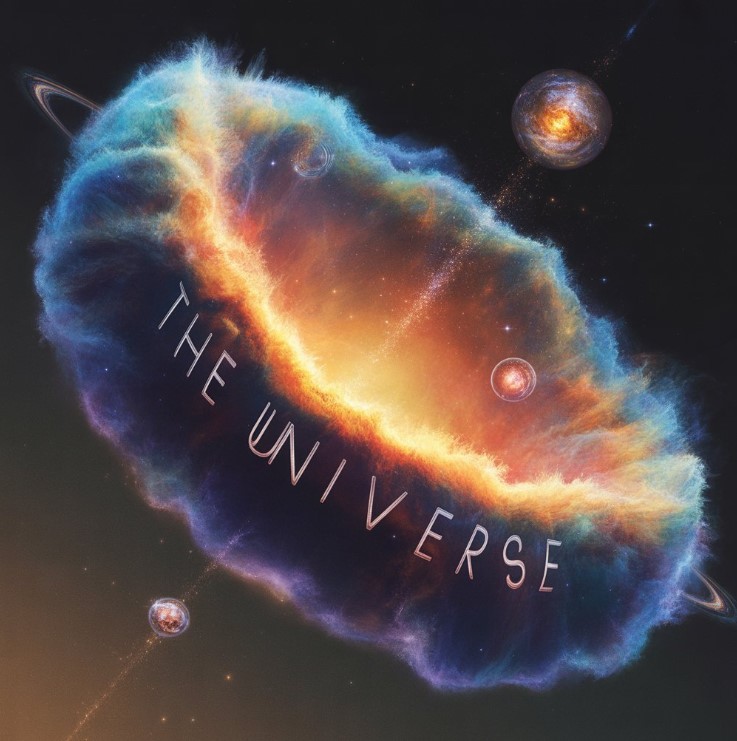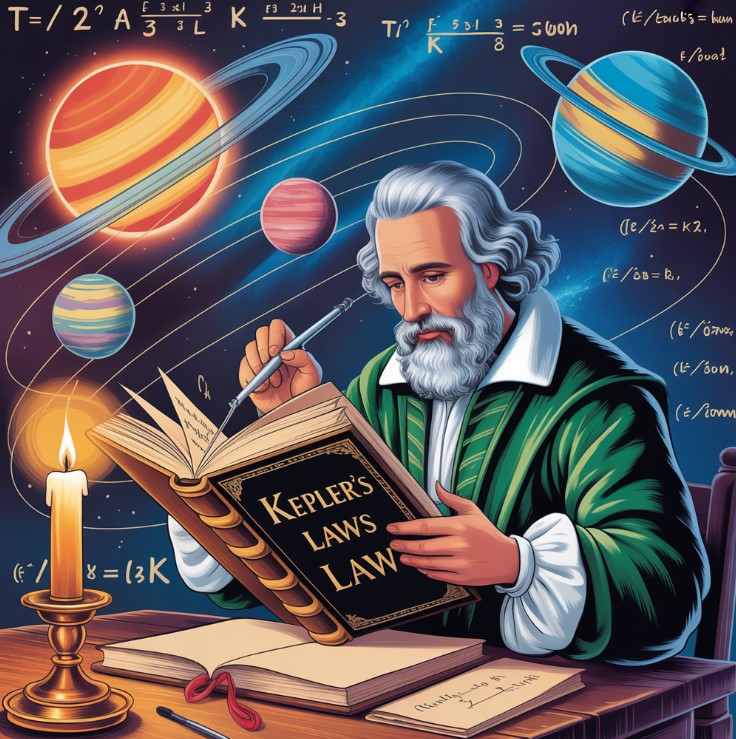Contents
Our galaxy, the Milky Way, is a vast barred spiral system defined by its specific Milky Way characteristics and complex Milky Way formation, providing the answer to the fundamental question: what galaxy is the Solar System in?
An Overview of the Milky Way
The Milky Way is the galaxy that contains our Solar System, with the name describing the galaxy’s appearance from Earth. From our perspective, the Milky Way looks like a hazy, luminous band of light seen in the night sky, formed from stars that cannot be individually distinguished by the naked eye. Answering the question what galaxy is the Solar System in? is simple: it is the Milky Way. This immense structure is part of a larger cosmic collective known as the Local Group. Understanding the fundamental Milky Way characteristics is the first step in appreciating our place in the universe.
The apearance of this band of light is also the answer to the question why is it called the Milky Way? The name is a translation of the Latin Via Lactea, derived from the Greek Galaxias Kyklos, meaning “milky circle.” Ancient observers thought the faint, glowing band resembled a splash of milk across the heavens.
Structure of the Milky Way
The Structure of the Milky Way is a key set of Milky Way characteristics that define its appearance and function. It is classified as a barred spiral galaxy, meaning it has a central bar-shaped structure composed of stars. To fully answer what are the components of the Milky Way?, we must examine its distinct parts.
The Galactic Center and Sagittarius A*
At the very heart of the Milky Way lies the Galactic Center. This region is a dense and active area. The answer to what is at the center of the Milky Way? is a supermassive black hole named Sagittarius A*.
- Mass: Sagittarius A* has a mass estimated to be about 4 million times that of our Sun.
- Observation: Its existence was confirmed by observing the orbits of nearby stars, which move at incredible speeds around an unseen, massive object. The first direct image of Sagittarius A* was captured by the Event Horizon Telescope and released in 2022.
- Function: The immense gravitational pull of Sagittarius A* anchors the entire Milky Way, influencing the orbits of stars throughout the galaxy. Knowing what is at the center of the Milky Way helps us understand the galaxy’s gravitational dynamics.
The Galactic Bulge
Surrounding Sagittarius A* and the central bar is the galactic bulge. This is a tightly packed, roughly spherical group of stars. The bulge is composed primarily of older, redder stars and contains very little gas and dust, meaning star formation is rare in this region. The Structure of the Milky Way’s bulge is a defining feature.
The Galactic Disk and Spiral Arms
The most prominent feature of the Milky Way is its disk, which contains the spiral arms. This flattened, rotating component is where most of the galaxy’s star formation occurs. The disk itself is divided into a thin disk and a thick disk, containing stars of different ages.
The spiral arms are regions of higher density within the disk, filled with gas, dust, and young, bright blue stars. The Milky Way has four primary spiral arms:
- Perseus Arm
- Norma Arm
- Scutum-Centaurus Arm
- Sagittarius Arm
Our Solar System is located in a smaller, partial arm known as the Orion-Cygnus Arm, or simply the Orion Spur, situated between the Sagittarius and Perseus spiral arms.
The Stellar Halo
Enveloping the entire disk and bulge is the stellar halo. This is a vast, nearly spherical region containing very old stars and globular clusters—dense collections of hundreds of thousands of stars. The halo has a very low density of stars compared to the disk. The Structure of the Milky Way would be incomplete without this ancient component.
The Dark Matter Halo
The largest component of the Milky Way is its dark matter halo. This is an enormous, invisible sphere of matter that extends far beyond the visible parts of the galaxy. Its presence is inferred through its gravitational effects on the motion of stars and gas in the outer Milky Way. The composition of this dark matter is one of the biggest mysteries in modern astrophysics.
Key Milky Way Characteristics and Facts
To understand our galaxy, it is useful to review its primary Milky Way characteristics. These facts provide scale and context for our cosmic home.
- How many stars are in the Milky Way? Estimates suggest the Milky Way contains between 100 billion and 400 billion stars. The answer to how many stars are in the Milky Way is not precise because it is impossible to count them directly.
- Diameter: The visible disk of the Milky Way is about 100,000 light-years in diameter, but recent studies suggest the entire structure, including the halo, could be up to 2 million light-years across.
- Age: The Milky Way is estimated to be about 13.6 billion years old, nearly as old as the universe itself.
- Galactic Year: How long does the sun take to orbit the galaxy? The Sun and our Solar System travel at about 230 kilometers per second, completing one full orbit around the Galactic Center in approximately 225 to 250 million years. This period is known as a galactic or cosmic year.
Comparison Table: Milky Way vs. Andromeda Galaxy
A helpful comparison can be made with our nearest large galactic neighbor, the Andromeda Galaxy. Both are dominant members of the Local Group.
| Feature | Milky Way | Andromeda Galaxy |
|---|---|---|
| Type | Barred Spiral (SBc) | Spiral (SA(s)b) |
| Diameter | ~100,000 light-years (disk) | ~220,000 light-years (disk) |
| Number of Stars | 100-400 Billion | ~1 Trillion |
| Central Black Hole | Sagittarius A* (~4 million solar masses) | P2 (~100 million solar masses) |
| Affiliation | Member of the Local Group | Largest member of the Local Group |
This comparison highlights some of the key Milky Way characteristics relative to the Andromeda Galaxy.
The Milky Way Formation and Evolution
The history of Milky Way formation is a story of gravity and cosmic mergers over billions of years. The process of Milky Way formation is thought to have begun with small, dense clumps of matter and dark matter in the early universe.
- Initial Collapse: These clumps of gas and dust began to collapse under their own gravity, forming the first small, protogalactic structures.
- Formation of Early Stars: Within these structures, the first generations of stars ignited. These were massive, short-lived stars that enriched the surrounding gas with heavier elements when they exploded.
- Mergers and Accretion: Over billions of years, these smaller protogalaxies collided and merged. The Milky Way grew to its current size by accreting, or gravitationally pulling in, numerous smaller dwarf galaxies. This process of Milky Way formation is still ongoing, as the Milky Way is currently consuming the Sagittarius Dwarf Spheroidal Galaxy. The Structure of the Milky Way today is a direct result of this long Milky Way formation history.
Our Place in the Universe: The Local Group and Beyond
The Milky Way is not isolated in space. It is a prominent member of a gravitationally bound collection of over 54 galaxies known as the Local Group. The Local Group spans about 10 million light-years in diameter. Its two largest members are the Andromeda Galaxy and the Milky Way. Most of the other galaxies in the Local Group are much smaller dwarf galaxies that orbit these two giants.
The next question is, what supercluster is the Milky Way in? The Local Group itself is part of a much larger structure. The answer to what supercluster is the Milky Way in? is the Laniakea Supercluster. This immense structure contains approximately 100,000 galaxies and stretches over 520 million light-years.
The Future: What Will Happen to the Milky Way and Andromeda?
The relationship between the Milky Way and the Andromeda Galaxy is not static. The Andromeda Galaxy is currently moving toward the Milky Way at a speed of about 110 kilometers per second. So, what will happen to the Milky Way and Andromeda?
In approximately 4.5 billion years, the Milky Way and the Andromeda Galaxy are predicted to collide and begin a long merging process. The collision will not involve stars hitting each other due to the vast distances between them. Instead, the gravitational forces will warp and rearrange both galaxies. After hundreds of millions of years, they will merge into a single, massive elliptical galaxy, which some astronomers have nicknamed “Milkomeda.” This eventual merger with the Andromeda Galaxy is a key event in the Milky Way‘s future.
Frequently Asked Questions (FAQ) about the Milky Way
Here are answers to some common long-tail questions about our home galaxy.
Why is it called the Milky Way?
The name originates from its appearance to the naked eye. Ancient Greek and Roman cultures saw the faint, dense band of stars as a celestial river of milk. The question of why is it called the Milky Way connects modern astronomy to ancient mythology.
What is at the center of the Milky Way?
The center of the Milky Way hosts a supermassive black hole known as Sagittarius A*. This object has a mass of about 4 million Suns and its gravity governs the orbits of nearby stars.
How many stars are in the Milky Way?
The most common answer to how many stars are in the Milky Way is between 100 billion and 400 billion. The exact number is difficult to determine due to the challenges of observing all stars, especially faint and distant ones.
What will happen to the Milky Way and Andromeda?
They are on a collision course. In about 4.5 billion years, the Milky Way and the Andromeda Galaxy will merge to form a new, larger elliptical galaxy. This answers the question of what will happen to the Milky Way and Andromeda based on current astronomical observations.







